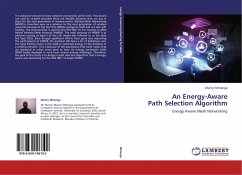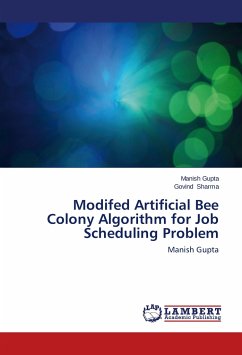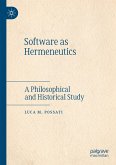It is everyone s dream to have network connectivity all the time. This dream can only be realised provided there are feasible solutions that are put in place for the next generation of wireless works. Wireless Mesh Networking (WMN) is therefore seen as a solution to the next generation of wireless networks because of the fact that WMNs configures itself and it is also self-healing. The protocol that is used by the IEEE 802.11s for routing is called Hybrid Wireless Mesh Protocol (HWMP). The main purpose of HWMP is to perform routing at layer-2 of the OSI model also referred to as the data link layer (DLL). Even though significant efforts have gone into improving the performance of HWMP, the protocol still faces a lot of limitations and the most limiting factor is the small or restricted energy of the batteries in a wireless network. This is because of the assumption that mesh nodes that are deployed in urban areas tend to have no energy constraints while WMN nodes deployed in rural faces serious energy challenges. Therefore, the goal of this study is to design a path selection algorithm that is energy-aware and optimising for the IEEE 802.11s based HWMP.
Bitte wählen Sie Ihr Anliegen aus.
Rechnungen
Retourenschein anfordern
Bestellstatus
Storno








